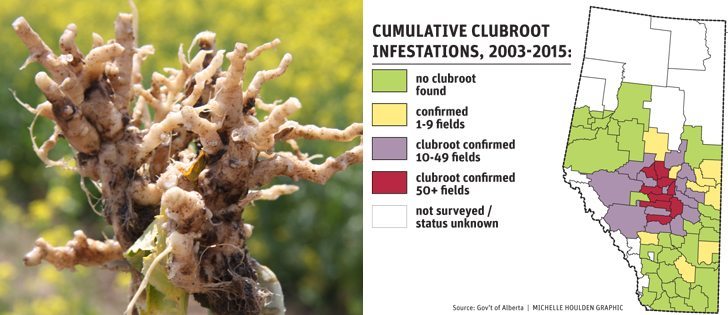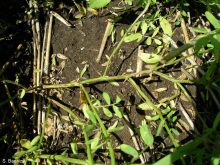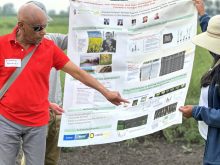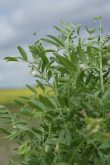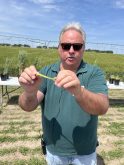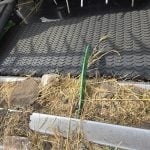A newly released 2015 clubroot map shows that the disease is continuing its steady march toward Saskatchewan.
“Even though we don’t see a lot of disease in Saskatchewan yet, it’s banging on the door,” said Bruce Gossen, a plant pathologist with Agriculture Canada.
“Our growers have to be really aware that the disease is probably already present at low levels.”
The main centre of infection is still the Edmonton area, but it can be found at fairly high levels in five Alberta counties close to the Saskatchewan border.
Read Also

Saskatchewan agriculture sector receives federal funding
PrairiesCan funding will assist in the continued growth of Saskatchewan’s ag research and manufacturing sectors.
“It’s following the Yellowhead (Highway) into Saskatchewan. The soils there are not that much different,” he said.
Clubroot has been found in only a few Saskatchewan canola fields. Gossen said that’s just because of a lack of surveying.
“We haven’t looked really hard,” he told delegates attending the Canola Industry Meeting in Saskatoon.
Gossen said the new Alberta clubroot map shouldn’t ring too many alarm bells because it is inevitable the disease will cross the border eventually.
“Those bells have been ringing for a little while, but maybe they’re a little louder and a little closer than ever before,” he said.
Clubroot was unknown as a canola problem on the Prairies until 2003, when 12 cases were found in fields near Edmonton.
Officials confirmed 287 new cases in the province this year, bringing the total number of cases to 2,154 since surveys began in 2003.
Several counties and municipalities reported their first cases of the disease this year, said Steve Strelkov, a plant pathology professor at the University of Alberta who created the map.
“This included the first records of the disease in the Municipal District of Bonnyville, which along with the earlier confirmation of another clubroot infested field in Vermilion County, indicate that the clubroot outbreak now stretches to the border with Saskatchewan,” he said in an email.
Drought in many parts of Alberta resulted in lower than expected clubroot problems this year because the disease is heavily influenced by soil moisture.
“No severe clubroot infestation were observed in 2015, while in most years these represent up to 10 to 15 percent of all new cases,” said Strelkov.
“Nonetheless, despite the generally unfavourable conditions for clubroot, the disease appears to continue its spread.”
Multiple new strains of the disease were confirmed last year, and 30 more fields planted to resistant canola were found to have symptoms this year. The pathogen populations from those fields are being tested for their ability to cause disease under greenhouse conditions.
“We continue to characterize the pathogen collections from clubroot resistant fields, including producing single-spore derived isolates, which will provide us with a clearer picture about the nature of these new pathogen strains,” said Strelkov.


